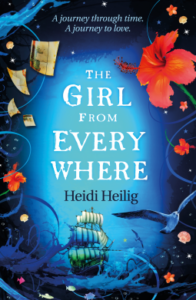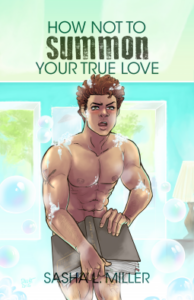ShelfLove Update!
It’s February already?! Who let that happen? Okay, first up, the theme for this month is about fictional boyfriends/girlfriends/best friends. I think anyone who knows me well, or even knows this blog quite well, knows that my immediate choice for a friend would be Mori, from Jo Walton’s Among Others. Okay, I’m rather older than her, but she’s mature for her age and we have experiences in common (like being Welsh in a posh English school and, you know, books). I feel like we could quite happily co-exist, elbow to elbow, each reading a book and demanding nothing of the other — and yet also talk endlessly about books when we feel like it. Or philosophy, or the strangeness of people, or fairies, or whatever else came to mind.
- Books bought this year so far: 0.
- January budget: £0 spent of £30.
- Owned books read: 13/200.
- Books read overall: 23/365.
A good start, I think! It’s actually been three months since I bought myself any books, though as this goes live I am probably in a bookshop, spending the last of my euros in a guilt-free, non-budgeted spree. (Basically, all my euros are from the January budget, and were originally for food, laundry, whatever came up while visiting my partner. I’m going back to Britain on Saturday, so my remaining euros are now game to use for anything. Of course, the rule of only buying books I really want is still in place, and any euros left over will be saved for my next visit. I won’t buy books just for the sake of buying books!)
Reading-wise, I need to read on average 16 owned books a month to hit that 200 book target, and an average of a book a day to hit my overall target. So clearly, I need to cancel work and read more, right? And, ahem, spend less time playing Assassin’s Creed Unity…


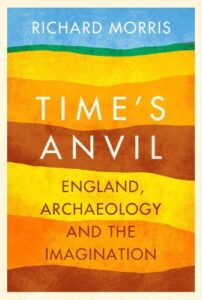
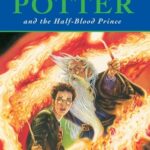
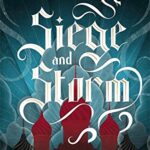


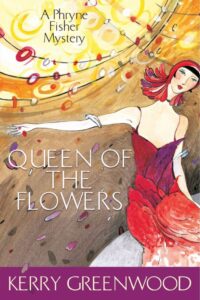
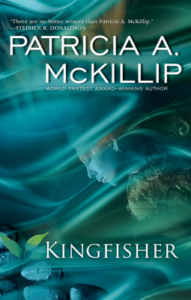
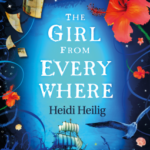
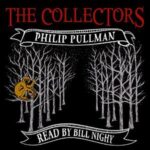


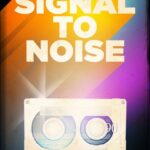

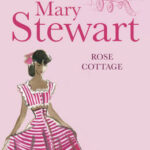
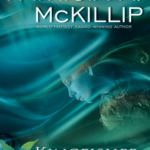

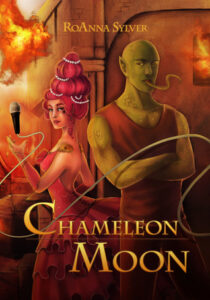
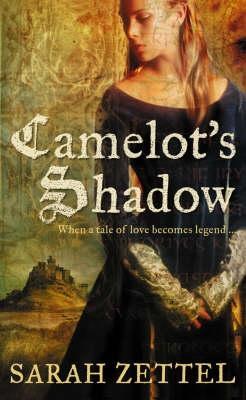 Camelot’s Shadow, Sarah Zettel
Camelot’s Shadow, Sarah Zettel